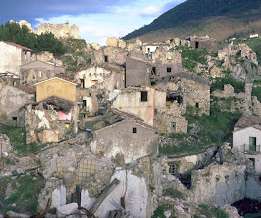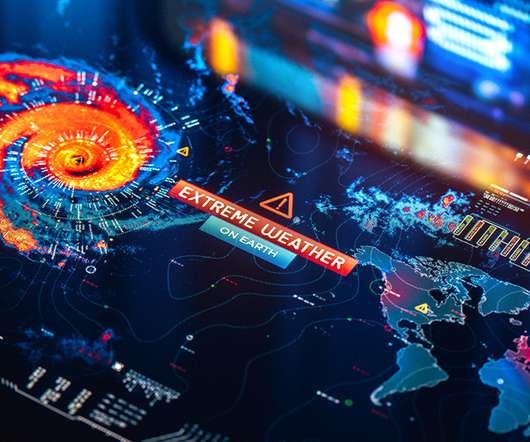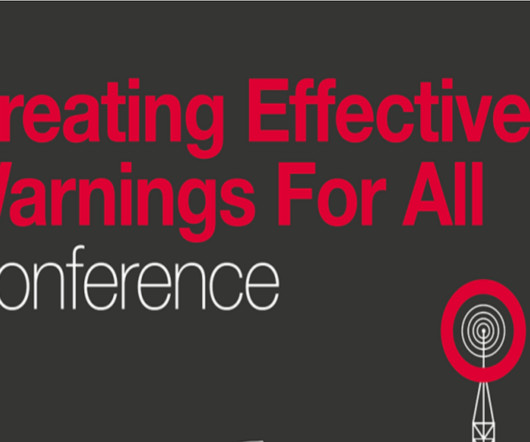The 1980 Southern Italian Earthquake After Forty Years
Emergency Planning
FEBRUARY 9, 2021
The year 1980 was something of a watershed in the field of disaster risk reduction (or disaster management as it was then known). The incessant, cumulative hammer-blow effect of disasters of all kinds on modern society had begun to stimulate a consistent demand for greater safety and security.











Let's personalize your content